The heritage complex currently managed by the Ha Long Bay - Yen Tu World Heritage Management Board has a very large spatial scope. Specifically, the World Natural Heritage, special national monument Ha Long Bay in Quang Ninh has an area of 1,553 km2, of which 434 km2 is an absolute protection area, located within the total area of 656.5 km2 of the World Natural Heritage area Ha Long Bay - Cat Ba Archipelago.

Ha Long Bay in Quang Ninh has an area of 1,553 square kilometers.
The World Cultural Heritage, Yen Tu - Vinh Nghiem - Con Son, Kiep Bac Monuments and Landscape Complex is located in the territory of 3 localities: Quang Ninh, Bac Ninh and Hai Phong. In Quang Ninh, the relics are located in the complex of 3 Yen Tu relics (92.95 km2), Yen Tu National Forest (27.05 km2); Tran Dynasty relic site and Bach Dang historical relic site in the areas of An Sinh, Binh Khe, Dong Trieu, Quang Yen, Lien Hoa, Phong Coc wards. Meanwhile, Bai Tu Long National Park has 157.83 km2, including the area of floating islands (61.25 km2) and sea surface area (96.58 km2), in the Van Don special zone.
Top destinations Ha Long Bay
Ha Long Bay is the area with the strongest tourism development, the top destination in Vietnam. The heritage is always present in the rankings and votes of attractive tourist destinations voted by many international organizations, media agencies, and prestigious websites in the world. According to statistics, from 1996 to the end of September 2025, Ha Long Bay welcomed over 59 million visitors, collecting entrance fees of over 9,456 billion VND.

Cruise takes tourists to visit and relax on Ha Long Bay.
In recent years, tourism products and services in Ha Long Bay have been increasingly diversified, aiming at sustainable tourism development. Currently, there are 8 sightseeing and tourism itineraries and 5 clusters and overnight accommodation points in the bay; pilot activities of discovery cruises with 3 separate sightseeing routes; Night Cruise products with culinary experiences combined with enjoying music, fireworks and visiting the beauty of the coastal area at night; expanding tourism products based on preserving and promoting the historical and cultural values of fishing villages, archaeological culture, and biodiversity in Ha Long Bay.
To meet the needs of the high-spending tourist market, the management unit is currently researching and advising on the development of a number of new beaches and caves in the bay, areas with beautiful and safe landscapes; organizing art performances and light parties in caves and beaches...
In addition, the province has also focused on investing in infrastructure and attracting strong investment, aiming to develop heritage tourism in a sustainable, professional and modern direction. That is, along with opening a highway running along the province, Quang Ninh has mobilized non-budgetary capital to invest in a series of tourist ports, especially Tuan Chau International Passenger Port, Ha Long International Passenger Port, Ao Tien International Passenger Port, meeting the need for easy access of domestic and international tourists when visiting Ha Long Bay.
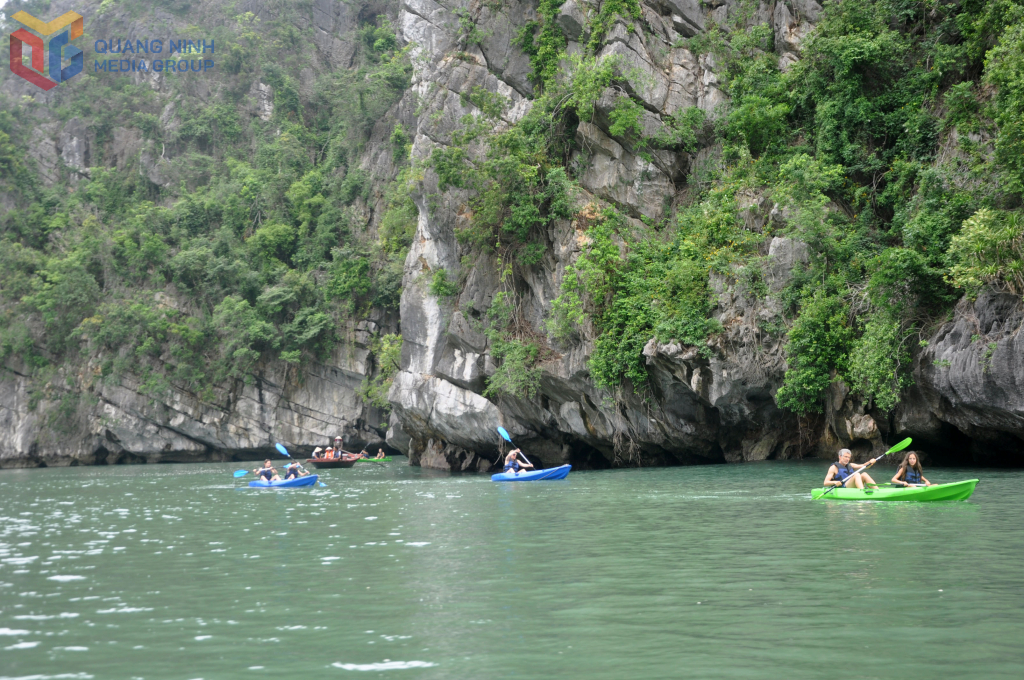
Foreign tourists experience kayaking in Vung Vieng area on Ha Long Bay.
The province also focuses on renovating, restoring and embellishing the infrastructure at tourist attractions and overnight accommodations in Ha Long Bay, ensuring safety, aesthetics and satisfaction for tourists, focusing on upgrading and renovating infrastructure at major tourist attractions such as Thien Cung, Dau Go, Ti Top, Me Cung, Tien Ong, Ba Hang, Vong Vieng, Cua Van...; regularly maintaining and repairing the buoy system, signal buoys at routes, tourist attractions, accommodations and the signal system connecting tourist attractions and overnight accommodations with inland waterways. Thereby, forming a synchronous infrastructure, bringing the best experiences and extending the visiting time of tourists when coming to Ha Long Bay.
Spiritual cultural tourism creates a difference
Although the number of visitors is not as large as Ha Long Bay, the Yen Tu, Tran Dynasty, and Bach Dang relic sites also attract visitors with their own characteristics. These are visitors who come to visit and make offerings during the annual spring festival; visitors who return to their roots, visit, study, and learn about the history and culture of the nation associated with the value of the relic sites; visitors who seek spiritual experiences combined with health care, healing, meditation, pilgrimage, relaxation, and immersing themselves in nature or who desire unique cultural experiences...
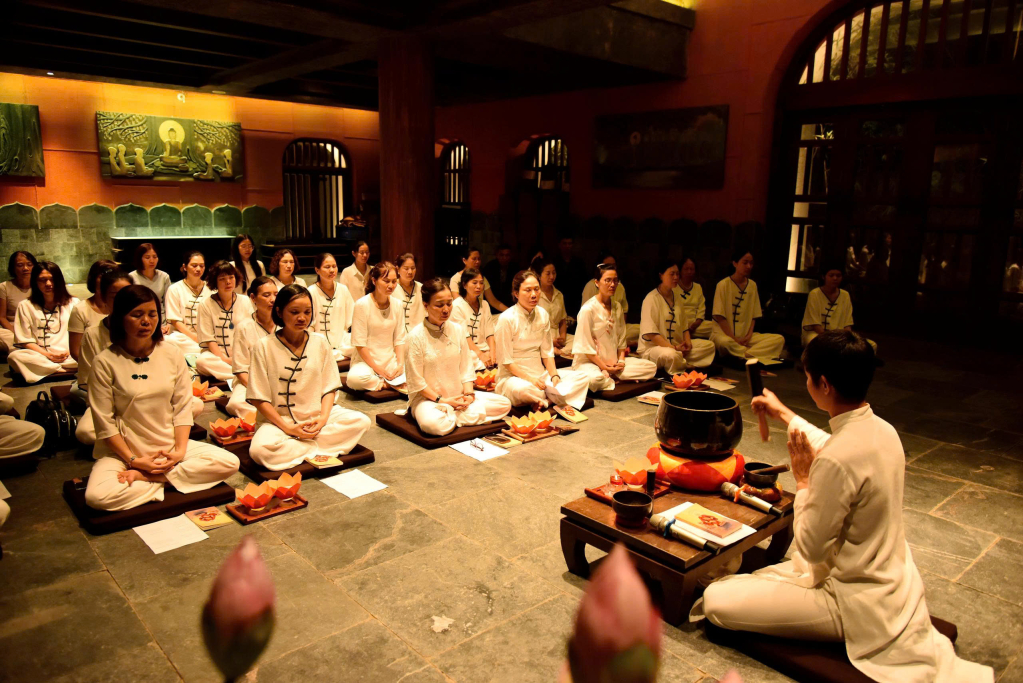
Tourists experience meditation practice at Yen Tu. Photo: DVCC
The above-mentioned relics have received considerable investment in recent years for the restoration and embellishment of the relics' infrastructure as well as for serving tourists. In particular, the Yen Tu relic and scenic area, in addition to the paved pilgrimage paths, steps, and railings, also has a cable car system from the foot of the mountain to the Dong Pagoda area. The service system along the pilgrimage route is neatly planned with a tendency to limit the number of services, ensuring aesthetics.
The enterprise that has been standing here for the past 25 years is Tung Lam Development Joint Stock Company, which has invested in the large-scale Truc Lam Cultural Center at the foot of the mountain, delicately designed in the style of the Tran Dynasty with dozens of resort, sightseeing, shopping and entertainment projects to serve the diverse needs of tourists when coming to Yen Tu. The flow of millions of visitors to this heritage every year is therefore not only domestic visitors but also a certain number of foreign visitors, such as: Korea, China, Taiwan, India, Europe and America...
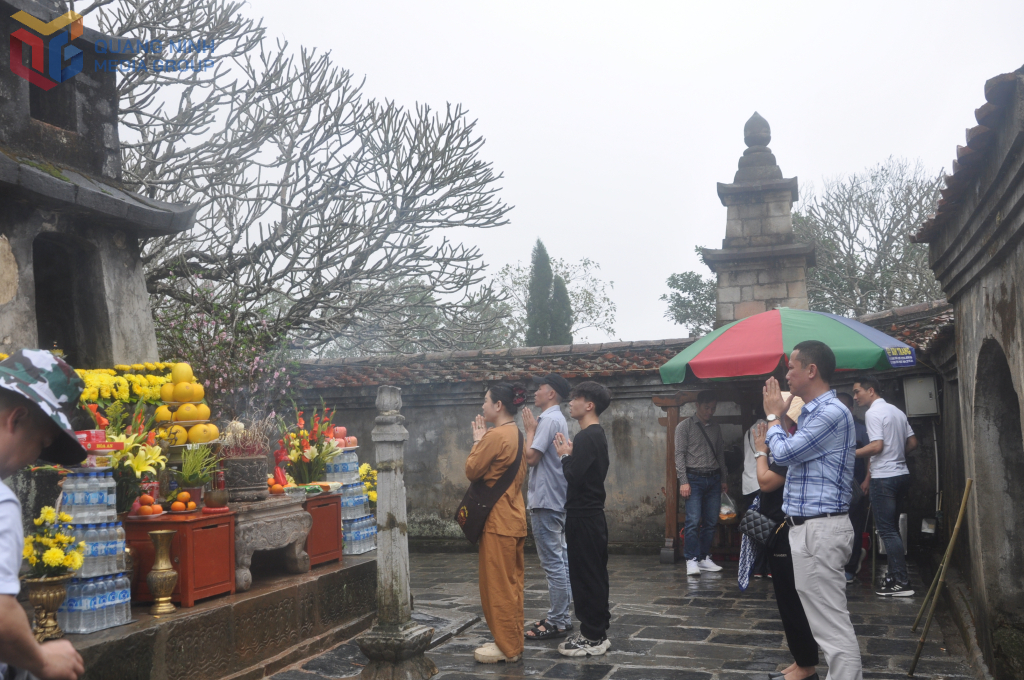
Pilgrims worship Buddha at the Patriarch Tower when returning to Yen Tu during the 2025 spring festival season.
In recent years, the Bach Dang relic site and the Tran dynasty have invested in restoring many ruins and relics that have been degraded and ruined over time, creating a new, spacious appearance. Traffic routes leading to the relic sites and connecting the relics have been concreted, expanded, spacious and clean. At the Ngoa Van relic site in the Tran dynasty relic site, there are also businesses investing in cable car systems and accommodation and resort areas to serve pilgrims. In general, tourism activities at these relics mainly focus on the spring festival season, festivals and important events associated with the relics.
Unlike the above heritages, Bai Tu Long National Park in recent years has mainly been tasked with researching and preserving biodiversity values and ecosystems in the management area. The park has rich potential in terms of landscape beauty and ecosystem diversity, however, the implementation of ecotourism activities here is relatively difficult due to being bound by many legal bases related to forestry activities.
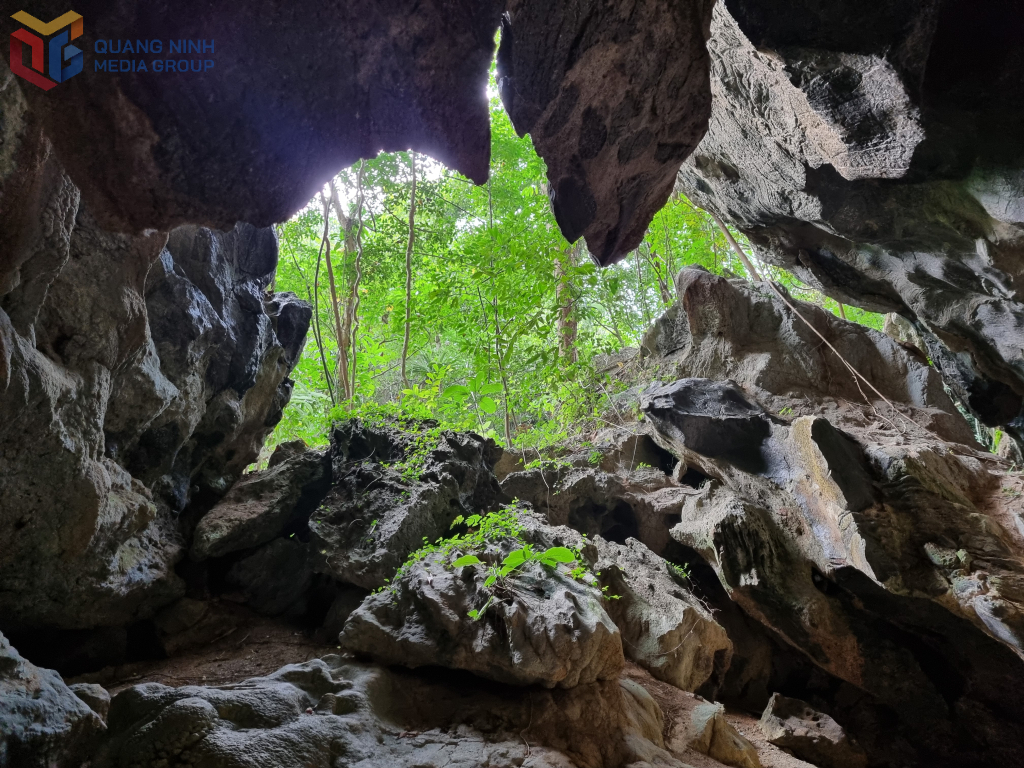
Bat Cave on Cai Lim Island, Bai Tu Long National Park.
On July 19, 2024, the Provincial People's Committee issued Decision No. 2119/QD-UBND announcing sightseeing and tourism itineraries in Ha Long Bay and Bai Tu Long Bay, including 3 itineraries within Bai Tu Long National Park. These are BTL4 Itinerary: Ao Tien Port - Cong Lao Vong Fishing Village - Tra Ngo Lon Island - Thien Nga Islet; BTL5 Itinerary: Ao Tien Port - Cai De Area - Mang Ha Overnight Anchorage Point; BTL6 Itinerary: Ao Tien Port - Tra Than Lagoon (Tra Ngo Lon Island) - Cai Lim Beach - Mang Ha Overnight Anchorage Point - Cai De Area. However, the implementation of these 3 sightseeing and tourism itineraries is still slow, failing to attract investors in developing infrastructure and ecotourism products in the National Park.
In recent years, the management units of the heritages are the Ha Long Bay Management Board, the Bai Tu Long National Park Management Board, the Monuments and Landscapes Management Board, which have operated relatively independently. Therefore, when merging to establish the Ha Long Bay - Yen Tu World Heritage Management Board, it also opens up the expectation of creating inter-regional connections between cultural and natural heritages to create a series of attractive tourism products, with richness and uniqueness, continuing to attract a large number of domestic and foreign tourists, contributing to creating a breakthrough in the development of heritage economy in the province.
Source: https://baoquangninh.vn/ket-noi-lien-vung-cho-di-san-kep-vinh-ha-long-yen-tu-3384238.html






![[Photo] General Secretary To Lam and National Assembly Chairman Tran Thanh Man attend the 80th Anniversary of the Traditional Day of the Vietnamese Inspection Sector](https://vphoto.vietnam.vn/thumb/1200x675/vietnam/resource/IMAGE/2025/11/17/1763356362984_a2-bnd-7940-3561-jpg.webp)

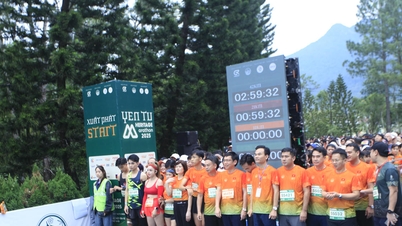

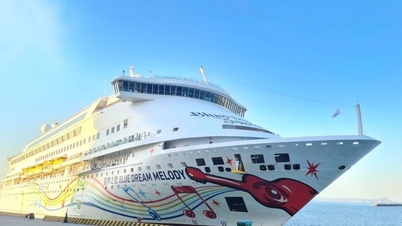




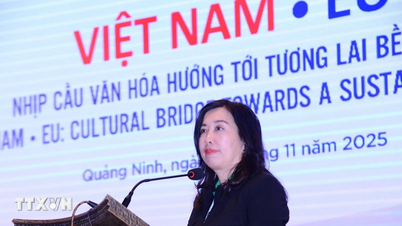








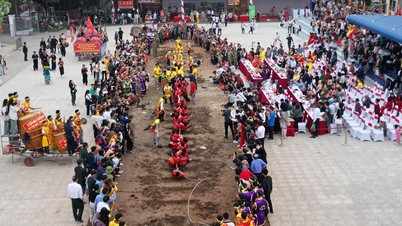

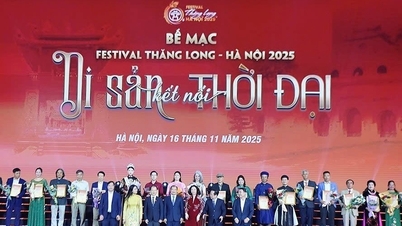


















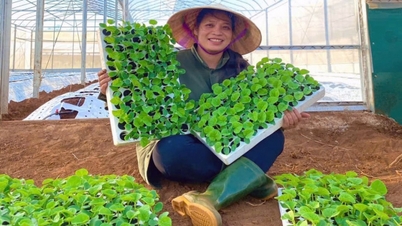





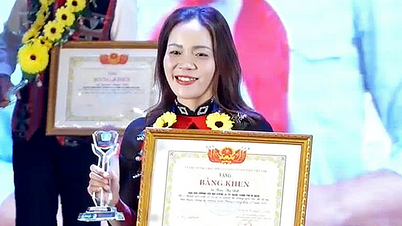





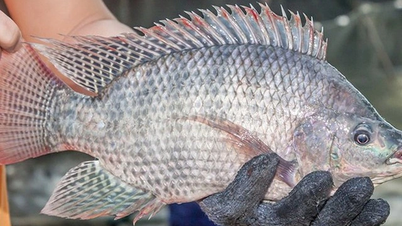



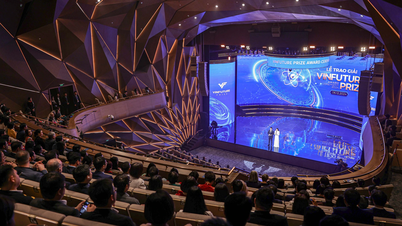





















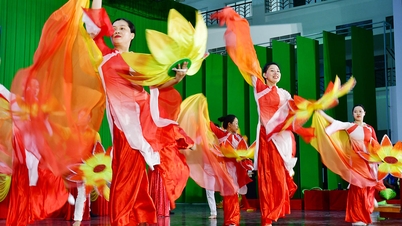



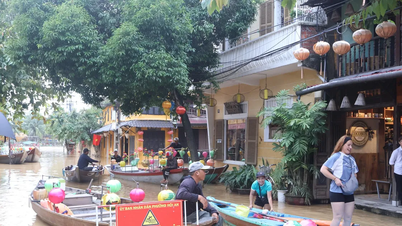

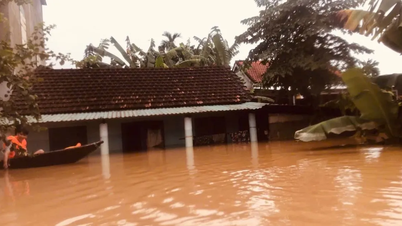













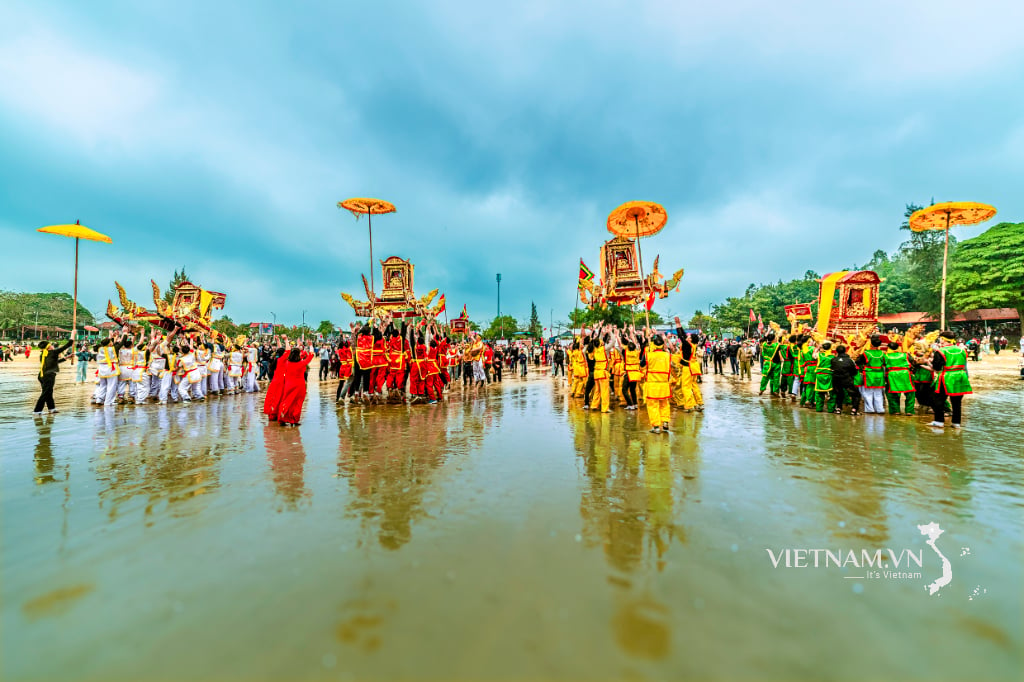

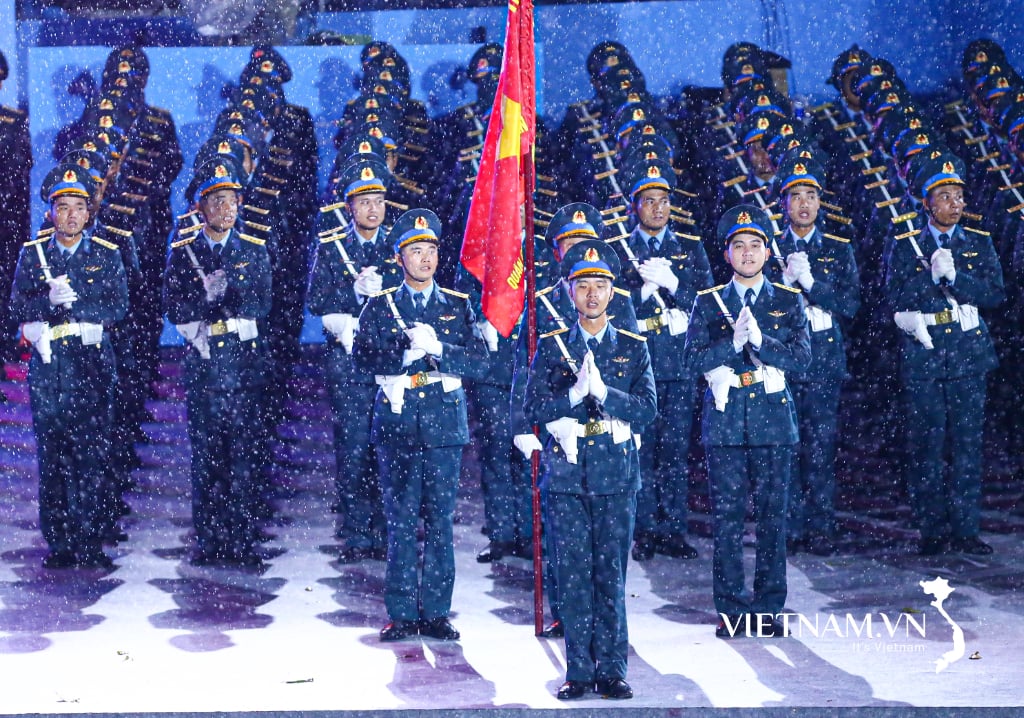

Comment (0)